
Think Perl 6. How to Think Like a Computer Scientist Laurent Rosenfeld, Allen B. Downey
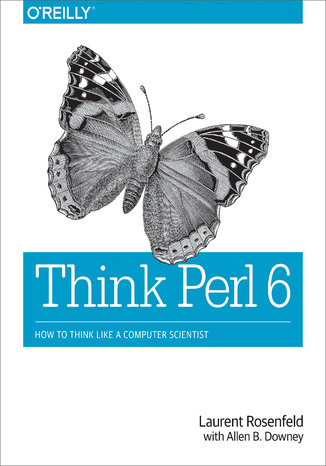



- Autorzy:
- Laurent Rosenfeld, Allen B. Downey
- Wydawnictwo:
- O'Reilly Media
- Ocena:
- Stron:
- 466
- Dostępne formaty:
-
ePubMobi
 opcje wysyłki »
opcje wysyłki »
Opis
książki
:
Think Perl 6. How to Think Like a Computer Scientist
Want to learn how to program and think like a computer scientist? This practical guide gets you started on your programming journey with the help of Perl 6, the younger sister of the popular Perl programming language. Ideal for beginners, this hands-on book includes over 100 exercises with multiple solutions, and more than 1,000 code examples so you can quickly practice what you learn. Experienced programmers—especially those who know Perl 5—will also benefit.
Divided into two parts, Think Perl 6 starts with basic concepts that every programmer needs to know, and then focuses on different programming paradigms and some more advanced programming techniques. With two semesters’ worth of lessons, this book is the perfect teaching tool for computer science beginners in colleges and universities.
- Learn basic concepts including variables, expressions, statements, functions, conditionals, recursion, and loops
- Understand commonly used basic data structures and the most useful algorithms
- Dive into object-oriented programming, and learn how to construct your own types and methods to extend the language
- Use grammars and regular expressions to analyze textual content
- Explore how functional programming can help you make your code simpler and more expressive
Wybrane bestsellery
O'Reilly Media - inne książki
Dzięki opcji "Druk na żądanie" do sprzedaży wracają tytuły Grupy Helion, które cieszyły sie dużym zainteresowaniem, a których nakład został wyprzedany.
Dla naszych Czytelników wydrukowaliśmy dodatkową pulę egzemplarzy w technice druku cyfrowego.
Co powinieneś wiedzieć o usłudze "Druk na żądanie":
- usługa obejmuje tylko widoczną poniżej listę tytułów, którą na bieżąco aktualizujemy;
- cena książki może być wyższa od początkowej ceny detalicznej, co jest spowodowane kosztami druku cyfrowego (wyższymi niż koszty tradycyjnego druku offsetowego). Obowiązująca cena jest zawsze podawana na stronie WWW książki;
- zawartość książki wraz z dodatkami (płyta CD, DVD) odpowiada jej pierwotnemu wydaniu i jest w pełni komplementarna;
- usługa nie obejmuje książek w kolorze.
Masz pytanie o konkretny tytuł? Napisz do nas: sklep@helion.pl
Książka drukowana


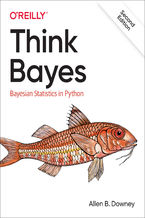

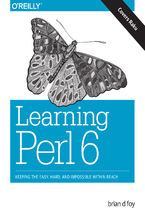
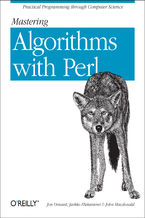
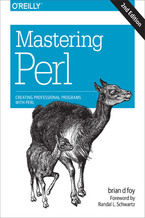
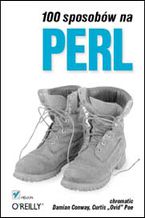

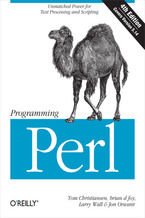
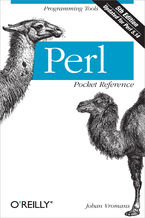
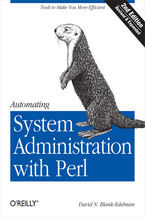
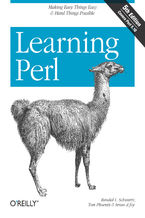
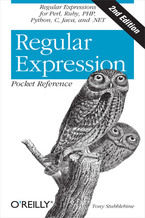






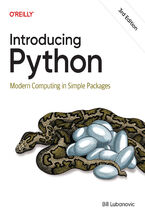
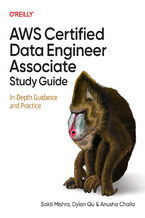
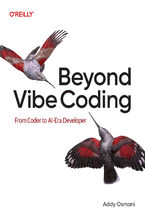
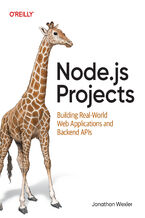

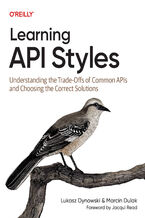
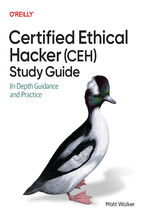
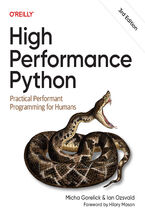
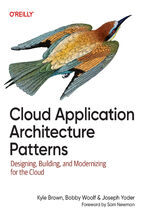
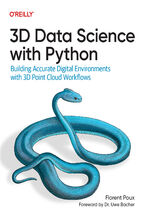



Oceny i opinie klientów: Think Perl 6. How to Think Like a Computer Scientist Laurent Rosenfeld, Allen B. Downey
(0)